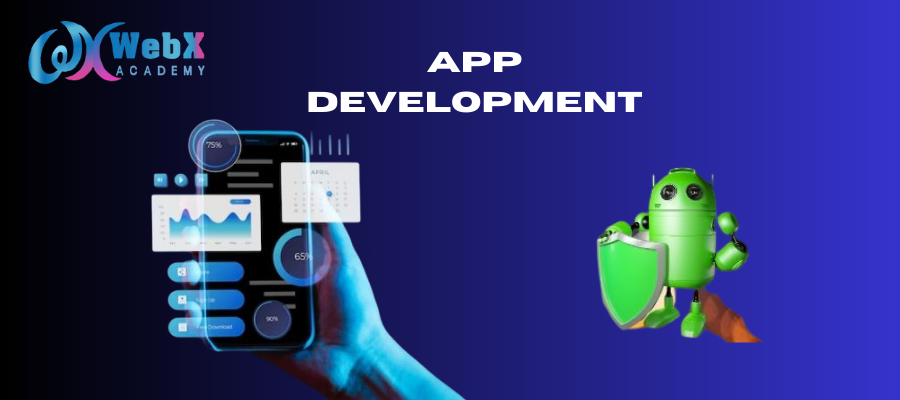GRAPHIC DESIGN
Graphic Design is to communicate ideas in a way that is visually appealing and easy to understand. Designers use various tools and software, such as Adobe Photoshop, Illustrator, and InDesign, to create their works, each tailored to different design purposes.
Graphic Design spans many industries and can be broken down into various sub-disciplines, including:
- Visual Identity Design:
This includes designing logos, color schemes, typography, and other brand elements that define a company’s visual identity.
- Web Design:
Web designers focus on creating the look and layout of websites.
- Advertising Design:
Advertising design involves creating visuals for print or digital ads that promote a product, service, or event.
- Packaging Design:
Packaging design is the creation of the outer packaging of a product, including boxes, bags, bottles, and labels.
- Motion Graphics:
Motion graphics combines graphic design with animation and video to create visually engaging content. It’s often used in advertising, film, social media, and web design.
- Publication Design:
This includes designing layouts for books, magazines, brochures, newsletters, and other printed materials.

WEB DEVELOPMENT
Web development is essentially the practice of creating websites and web applications. It includes a wide array of tasks such as web design, content creation, network security, server-side scripting, and more. Web development is commonly broken into two major categories. It typically focuses on either the front-end or back-end side of things.
- Front-end development: This involves everything that appears on the screen, including layout, graphics, buttons, and navigation.
Front-end developers use languages like HTML, CSS, and JavaScript to create visually appealing and responsive interfaces.
- Back-end development: This focuses on the server-side of a web application. It involves handling data storage, server requests, and application logic. Back-end developers work with languages like Python, Ruby, PHP, and Node.js, and use databases like MySQL or MongoDB to store and retrieve information.

FULL TACK DEVELOPMENT
Full-stack development is a powerful and valuable skill set that allows developers to create complete web applications from start to finish. Full-stack developers bring versatility, efficiency, and a comprehensive understanding of both the front-end and back-end, making them an invaluable asset to any development team.
They are proficient in both front-end languages such as HTML, CSS, and JavaScript, as well as back-end technologies like Node.js, Python, Ruby, and PHP. Additionally, they are familiar with database management, version control systems, and even deployment strategies.

DIGITAL MARKETING
Digital marketing is the practice of promoting services, products, and brands through digital channels such as search engines, social media platforms, and websites. It includes a broad range of activities aimed at reaching potential customers through various online platforms.
Compared to traditional marketing channels like TV and print, digital marketing is more affordable, especially for small businesses.
Digital marketing encompasses various strategies such as:
- search engine optimization (SEO):
- content marketing:
- social media marketing:
- email campaigns:
- pay-per-click advertising (PPC):
These methods allow businesses to reach a global audience, engage directly with customers, and track the success of their campaigns in real-time.

APP DEVELOPMENT
App development is the process of creating software applications designed to run on mobile devices like smart phones and tablets. These apps can range from simple tools, such as calculators or weather apps, to more complex systems that power entire business operations, like social media platforms or e-commerce websites.
The world of app development is rapidly evolving with new technologies that are transforming how apps are created and experienced.
The latest technologies:
- AI-Driven Personalization
- 5G Technology
- Blockchain Integration
- IoT (Internet of Things)
These Technologies offer app developers are ability to build applications that aren’t just functional, but smarter, more secure, and more immersive, delivering value to users and businesses alike.

WEB DESIGN
Web design is the art of creating visually appealing, user-friendly websites that offer a seamless experience across devices. Whether you are a small startup or a large corporation, investing in a well designed website can give you a competitive edge in the digital landscape.
For building a high-performing website that meets all your needs. Here’s a comprehensive guide for your website covering.
1. Layout and Structure: A well-structured layout guides the visitor’s attention to the most important information and provides a logical flow for navigating the site.
2. User Interface (UI) Design: User interface design focuses on the interactivity of a website. UI elements like buttons, forms, sliders, and icons must be placed strategically and be easy to interact with.
3. Typography: Typography plays a crucial role in web design as it influences readability, hierarchy, and the overall look and feel of the website.
4. Color Scheme: Color psychology is used to convey emotions and help visitors form an impression of the brand. A carefully chosen color palette creates harmony and enhances the visual appeal of the site.
5. Images and Graphics: High-quality images and graphics help to communicate messages effectively and create an engaging experience for the user.
6. Navigation: Websites should have a clear and accessible navigation bar that includes important sections, such as About Us, Services, and Contact Information.
7. Responsiveness: Responsive design ensures that a website looks and works well on all screen sizes by automatically adjusting the layout, images, and content.
8. Load Time and Performance: Website performance, particularly load time, is an essential factor in web design. Slow-loading websites can lead to higher bounce rates, lower user engagement, and even hurt SEO rankings.

The Deadliest Stretches Of Road In Pennsylvania
When, while lovely valley teems with vapour around meand meridian sun strikes the upper impenetrable .
Where better to go for a delicious
When, while lovely valley teems with vapour around meand meridian sun strikes the upper impenetrable .
Though, the objectives of one of the continuing
When, while lovely valley teems with vapour around meand meridian sun strikes the upper impenetrable .

